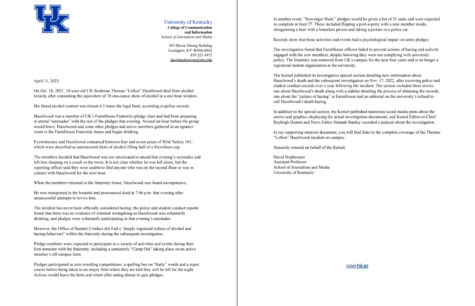5 high-impact inflation-fighting tips for 2022
February 8, 2022
(BPT) – Consumers who notice inflated prices at the grocery store, gas pump and hardware store may be inspired to minimize the impact of rising prices.
The best place to start could be with a handful of big-ticket items where saving money can put hundreds of extra dollars in your checking account over the course of the year. That may provide a cushion to handle the steady rise in prices on dozens of smaller items.
Here are five, high-impact ways to battle inflation:
1. Rethink auto insurance coverage
If remote work means you are driving less than you did in the past, you may qualify to save money on your auto insurance. These discounts can be available to those driving fewer than 10,000 miles per year and can result in savings as high as 10% off car insurance premiums.
Should very limited driving put your vehicle at lower risk for damage, it may make sense to reevaluate past decisions to purchase comprehensive and collision coverage. It might also be time to increase your auto insurance deductible in favor of lower premiums.
If the amount you drive has dropped significantly, consider a pay-per-mile insurance plan that adjusts your cost according to how much you drive.
To understand how much money you could save by changing the type of coverage you have, CarInsurance.com has a car insurance estimator tool that shows how much a variety of factors can affect premiums.
2. Comparison shop for car insurance
Once you’ve established the auto insurance level that best fits your current needs, exploit differences in premiums offered by different auto insurance companies. Ensure you are paying a competitive rate by comparing quotes from multiple insurers.
This comparison process doesn’t just apply when you need a new policy. Check prices every time you renew. Your driving record and other factors can change over time, and this can affect which company offers the lowest auto insurance price at any given time.
3. Try a 0% balance transfer card
If you’re like a lot of Americans, you may still have some debt left over on your credit cards after the holiday season. Transferring that debt to a card with a 0% balance transfer offer can give you some time to pay down your debt interest-free.
Compare balance transfer credit cards with low or 0% interest offers to pay less interest while retiring debt. Some offer low introductory rates for more than one year. At typical credit card interest rates, avoiding interest for at least a year could save hundreds and possibly thousands of dollars.
The best use of this type of card is to make it part of a plan to pay off your credit card debt within the temporary low or 0% transfer period. That way you can eliminate interest on the debt you’ve built up altogether.
4. Switch to a no-fee checking account
If you pay a monthly fee for maintaining a checking account assess checking accounts without monthly fees. Switching to a no-fee checking account can save money on an ongoing basis. Websites such as MyBankTracker.com research and review the best free checking accounts, making it easy to identify good options.
Banking online is a good way to access a no-fee checking account. Some have little or no minimum balance requirement, so are readily available to most consumers. Making this switch could save you well over $100 each year.
5. Refinance your mortgage
Despite rising last year, mortgage rates are still well below their historical norms. This means many homeowners may still have a chance to refinance at a lower rate.
The gap between 30-year and 15-year mortgage rates widened during 2021. This means it may be especially beneficial to refinance to a shorter-term loan. Refinancing a mortgage can be a way to lower bills not just for 2022, but for years afterward.
Higher inflation makes more demands on your budget, forcing you to make tough choices about what you can afford. Fighting back against inflation allows you to buy more for your family despite rising prices.
To learn more, visit CarInsurance.com, CardRatings.com and MyBankTracker.com.



















































































































































